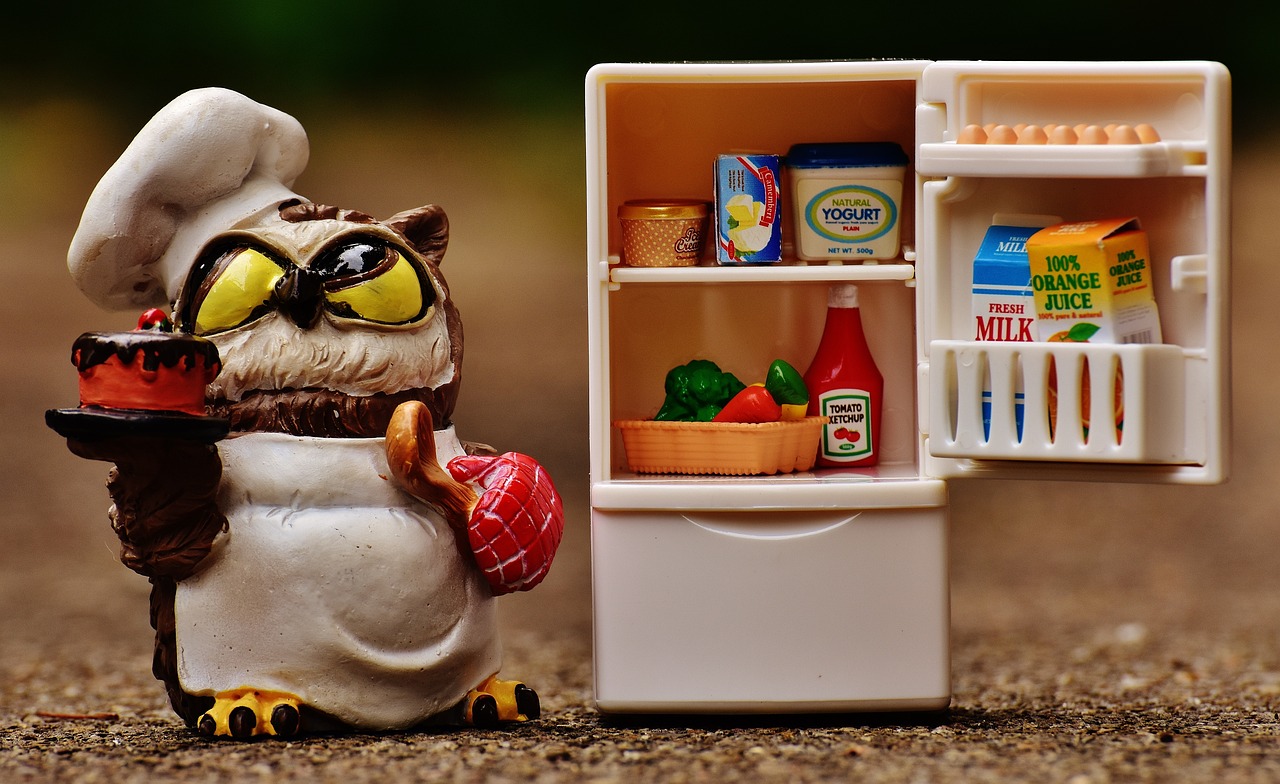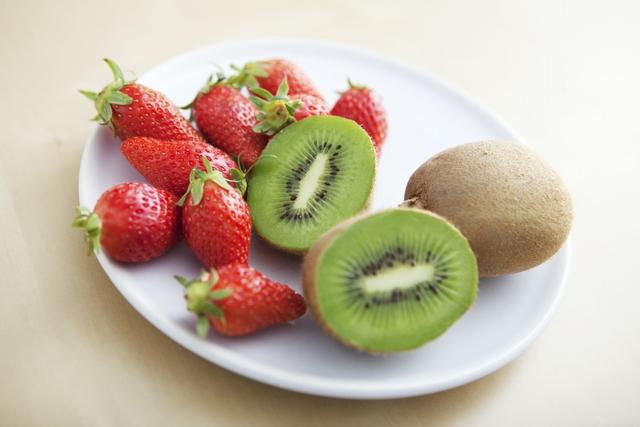What do you do with leftovers that you can’t finish?
To avoid waste, many people choose to store their leftovers in the refrigerator and reheat and eat them later.
Of course, for the leftovers, people will still be vaguely worried about its safety, and usually heard some of its harmful to health.
So, at this point these doubts arise: is it better to keep meals cold in the fridge or while they’re hot? What should I pay attention to when preserving leftovers? Which foods are suitable for the refrigerator and which are not?
Next, we will give you a good talk.
Is it better to put meals in the fridge when they are cold or while they are hot?
The real science is that the food you can’t finish should be put in the fridge while it’s still hot, the sooner the safer.
In fact, there are bacteria on meals and food, such as “Escherichia coli”, which is usually not harmful to the human body, and only reaches a certain number of “conditionally pathogenic bacteria” that can make people sick, as well as “Staphylococcus aureus”, “Salmonella”, “Staphylococcus aureus”, and “Staphylococcus aureus”. “Staphylococcus aureus” and “Salmonella”, which are highly virulent pathogens that can cause great harm to human beings when they are in small numbers. Once these bacteria proliferate and are consumed by people, abdominal pain, diarrhoea, nausea, vomiting and other symptoms can occur, even life-threatening.
Temperature has a great influence on the reproduction rate of bacteria in food: when the temperature exceeds 60℃, the vast majority of bacteria can not survive; when the temperature is lower than 4℃, the vast majority of bacterial proliferation slows down. And 4 ℃ – 60 ℃ is known as the food of the “dangerous temperature zone”, during which most of the bacteria can be relatively fast growth and reproduction.
So, the longer food is left at room temperature, the more bacteria multiply. The aim of putting food in the fridge while it’s still hot is to reduce the temperature to below 4°C as quickly as possible before bacteria multiply heavily, reducing the time in which they can multiply quickly. That’s why it’s important to set aside unfinished meals in advance, put them in a crisper and store them in the fridge as soon as possible.
Also, others will have the question, “Will the fridge get hurt if hot dishes are put in the fridge?”
The answer is: it won’t get hurt, the fridge is not that fragile. Although putting food in the fridge while it’s hot will briefly raise the temperature of the freezer, the fridge’s temperature sensor initiates a cooling down when it senses a change in temperature, allowing the freezer to return to a cooler state.
What do I need to know about preserving leftovers?
1、Try not to eat “saliva dish”. The next day to eat “leftovers”, is the day before eating with clean dishes stored up meals, so that “leftovers” by the bacterial contamination is relatively small, you can refrigerate it the next day to eat; but if the leftovers are However, if the leftovers are all “drooling vegetables”, the bacteria in the overnight leftovers will definitely increase, and it is not recommended to consume them.
2、Separate storage. Sorting and storing refrigerated leftovers can avoid bacterial cross-contamination, and store them in clean containers that are airtight, such as plastic boxes, plastic bags, or attaching a layer of cling film to the dishes.
3、Should not be stored for a long time, fully warmed through before eating. Although the previous day’s leftovers after sufficiently high temperature or microwave heating, most of the pathogenic bacteria can be killed, but also do not advocate leftovers stored in the refrigerator for too long.
Which foods are suitable for the fridge and which are not?
Those that are suitable for the fridge freezer:
- Stem and leafy vegetables such as rape and cabbage
These vegetables are difficult to store for a long time, water and vitamins are easy to lose, so you can put such vegetables covered with a plastic bag inside the refrigerator, the temperature is controlled at 0 to 5 degrees Celsius, humidity at about 85%, but also regularly sprinkled with water, so that you can save up to 3 to 4 days.
- Watermelon
Has cut the watermelon needs to be wrapped in cling film into the refrigerator, to avoid bacterial growth, and eaten as soon as possible within 24 hours.
The ones that don’t fit in the fridge freezer:
- Sweet potatoes, potatoes and other root vegetables
These vegetables are not easy to lose moisture, and can be placed in a cool and dry place. Higher humidity in the refrigerator can easily make sweet potatoes, onions, potatoes, etc. soft and mouldy, thus losing their freshness.
- Tomatoes, cucumbers and other melon and eggplant vegetables
Unripe tomatoes can be stored at room temperature, do not need to be placed in the refrigerator. Because the ripening process of tomatoes will be terminated in the refrigerator low temperature, resulting in the loss of fresh flavour. If the tomatoes are already ripe, it is best to eat them quickly, or put them inside the refrigerator wrapped in plastic wrap and store them separately to prevent the natural ripening hormone (ethylene) released after ripening from affecting other vegetables and fruits.
Other melon and tomato vegetables, such as cucumbers, are also not suitable for storage in the refrigerator at too low a temperature, otherwise they are prone to frostbite, so they should be eaten as they are.
- Bananas, lychees and other tropical fruits
These tropical fruits are suitable for storage above 8°C. The average temperature of a fridge freezer is usually about 4°C colder, which not only makes these fruits less likely to ripen, but also susceptible to frostbite, with the skin prone to black spots and dents. It is better to keep these tropical fruits in a cool, ventilated place away from light and eat them as soon as possible.
In short, vegetables and fruits are best eaten as they are bought to ensure freshness.
“Listeria monocytogenes” should be especially vigilant!
Refrigerator in addition to the previously mentioned E. coli, Staphylococcus aureus and other bacteria, there are easy to be ignored, but there is a fatal risk of listeria, which can survive for a long time in the freezer below 0 ℃, with the refrigerator frozen food can not inhibit its reproduction. Listeria is very lethal to people with low immune function, pregnant women, foetuses, infants and the elderly, which may lead to life-threatening diseases such as meningitis, septicaemia, miscarriage and neonatal infections.
Foods that are susceptible to Listeria monocytogenes infection include: raw and cold seafood; over-stored cooked food and meat; ice cream; ready-to-eat fruit and vegetable salads; unpasteurised freshly milked cow’s milk and goat’s milk; raw mushrooms, undercooked bean sprouts; and cheeses made from raw milk that has not been heat-pasteurised.




